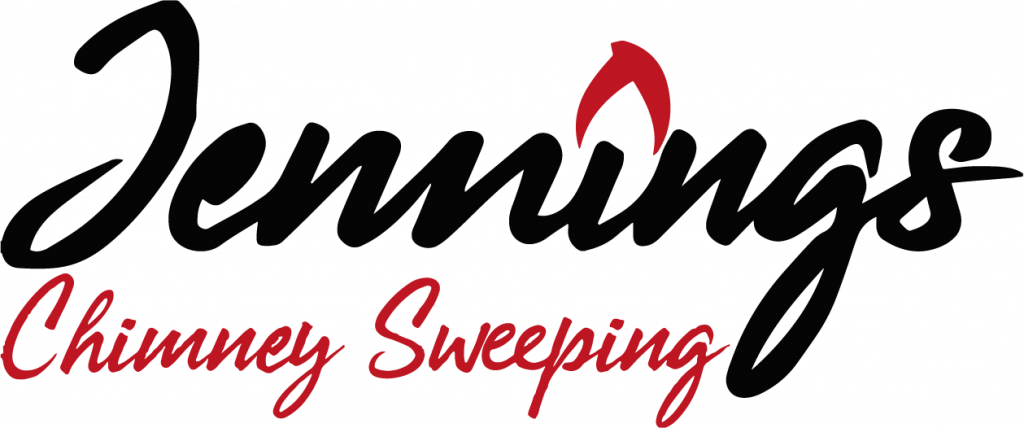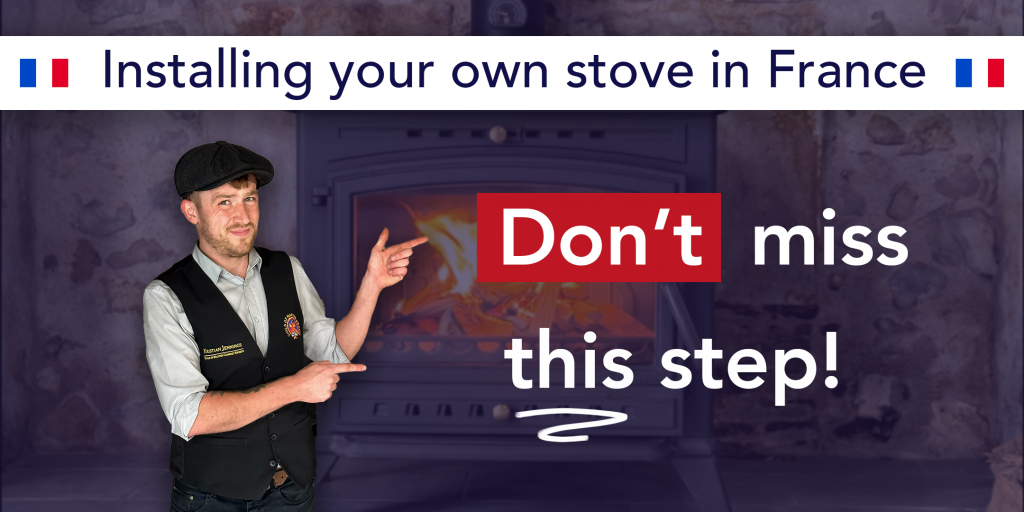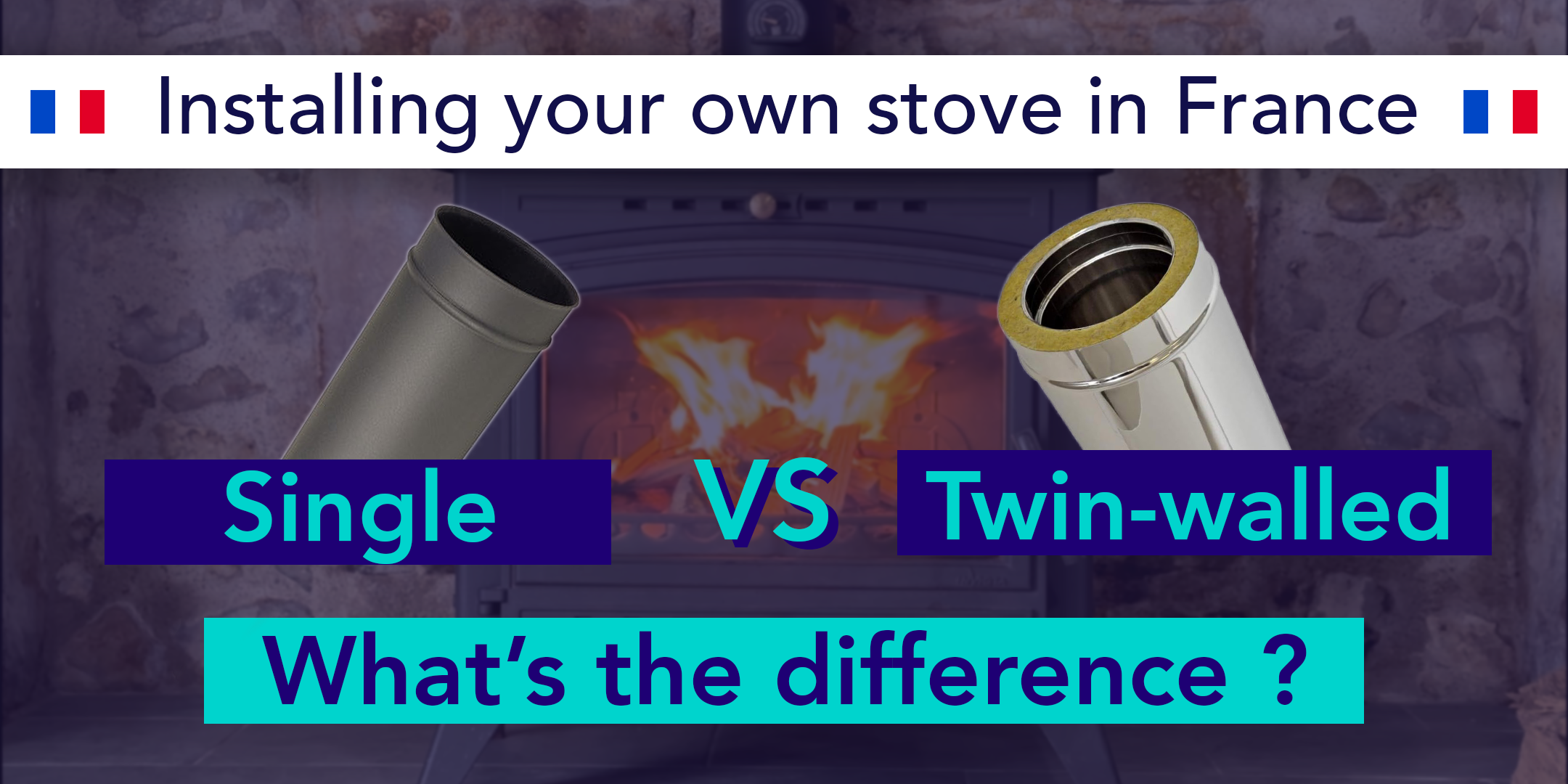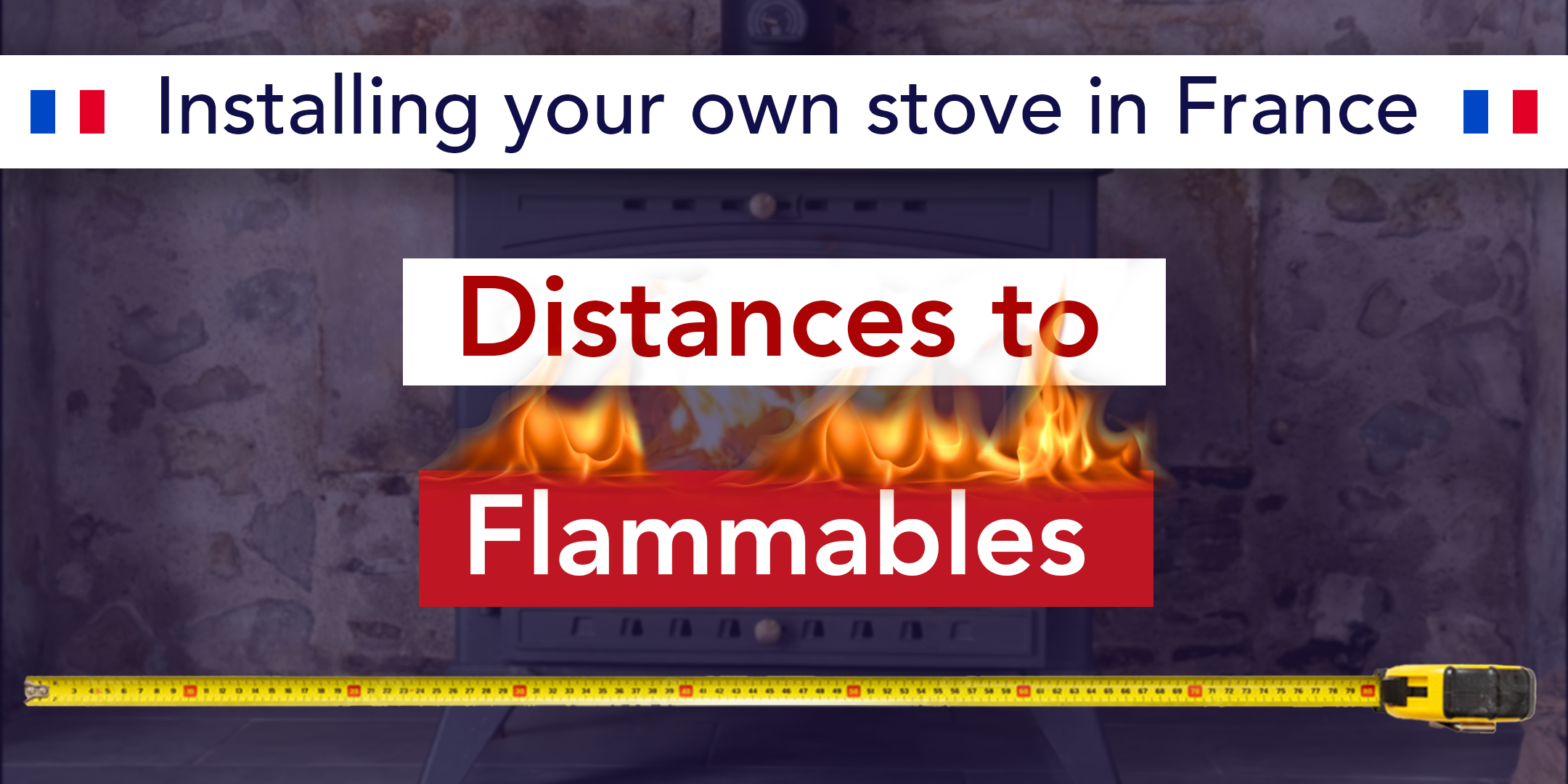The first question before you can begin your installation project is to decide where you will install your appliance and, thus, the chimney system. With modern designed and manufactured parts, we are no longer bound to having to use the existing chimney and can now install a chimney system almost wherever we like. However, if you are using your existing brick chimney, you must make sure you avoid the number one most common mistake DIY installers make, which is not having the chimney cleaned before you install your liner.
Once installed, your liner, when in use, will reach a temperature of around 300℃. It is therefore imperative that absolutely all the flammable debris inside the chimney is removed before your new liner can be installed. Without completing this first and arguably most vital step in the installation process, you will still be left with a fire risk – even if your liner is spotless on the inside!
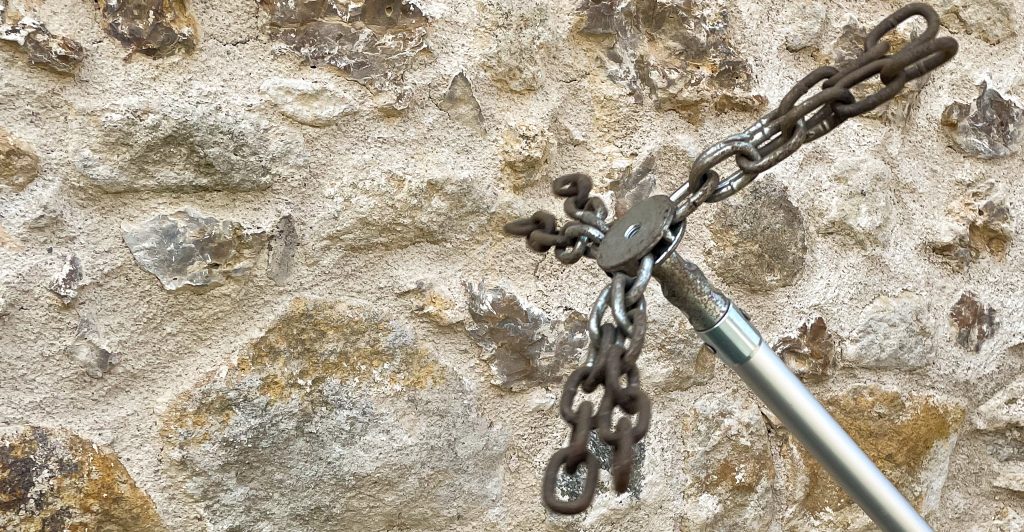
The process of cleaning a chimney in preparation for a liner to be installed is called “débistrage” in French. As it is imperative that the chimney is free of all flammable debris before a liner can be installed, a simple sweep of the chimney will not suffice. To conduct a débistrage, a set of chains needs to be flailed inside the chimney, knocking off all the hardened tar deposits that are too hard to be removed by even the stiffest of brushes. It is common to hire a chimney professional, such as an installer or chimney sweep, to carry out this part of the installation process, as specialist equipment is needed to conduct the débistrage itself. A “certificat de débistrage” will be provided to prove that the chimney has been cleaned prior to the installation of the liner.
You can read more on débistrage here and can use the débistrage price estimator on our site to gauge an idea of price for this procedure based on the size of your chimney.

